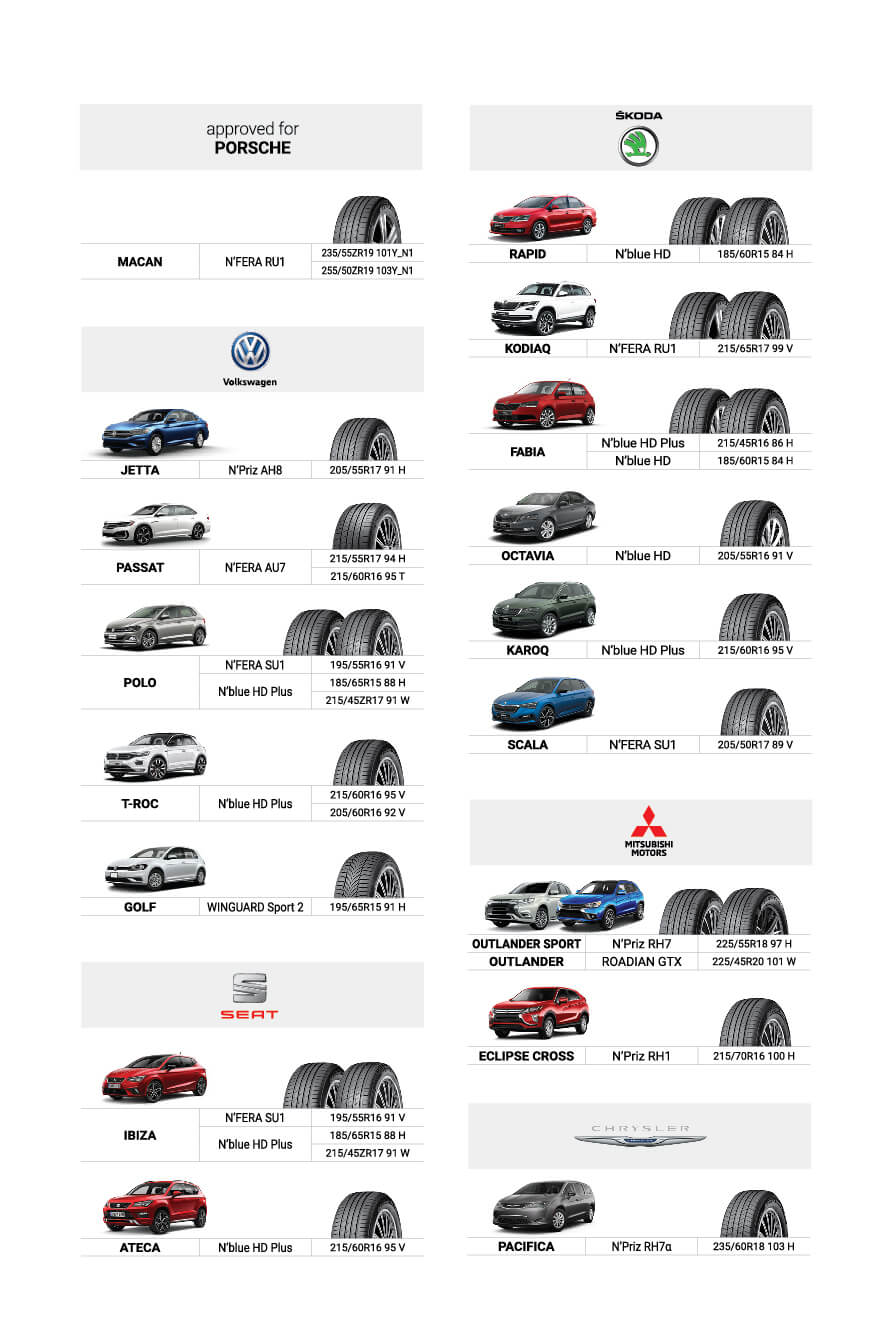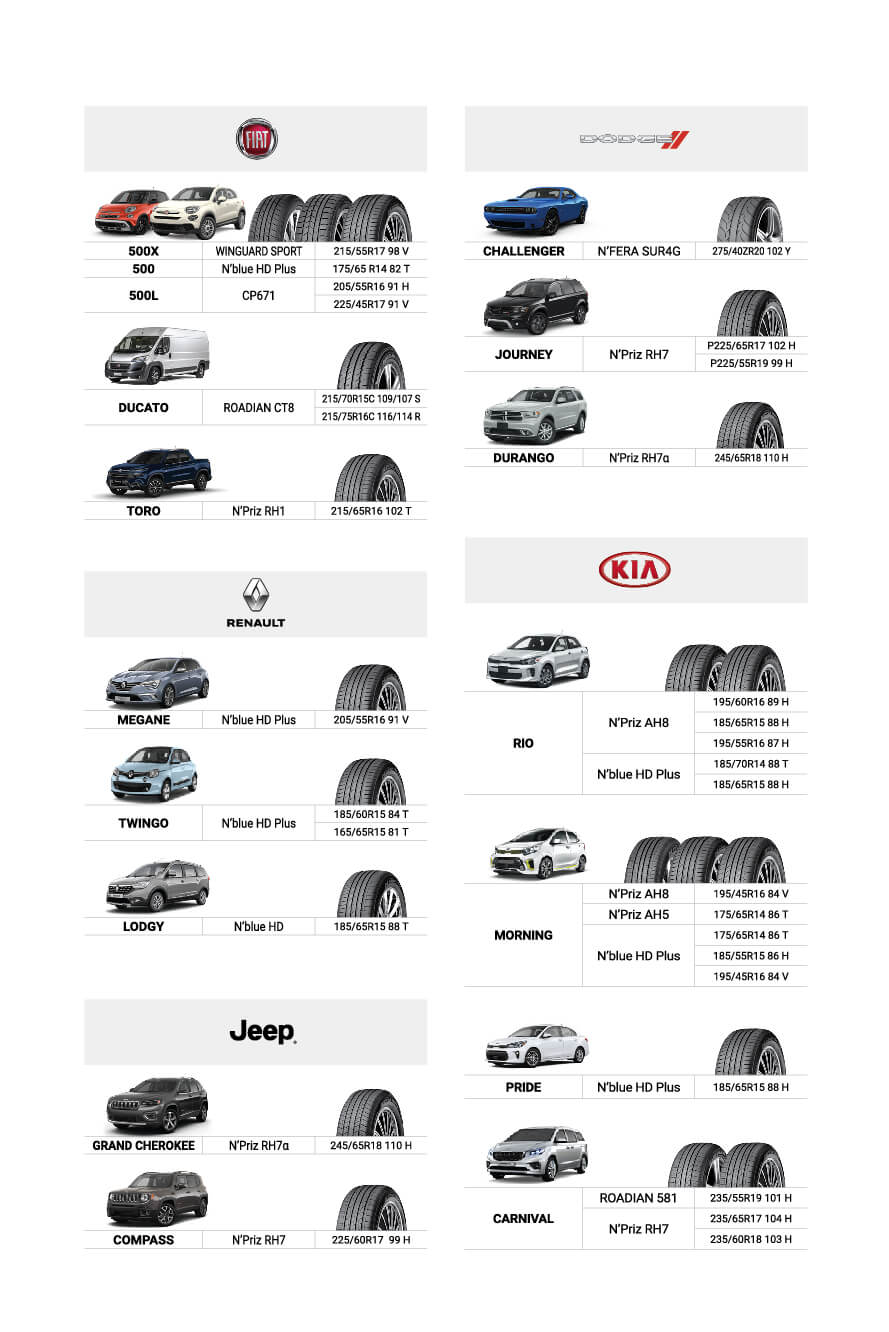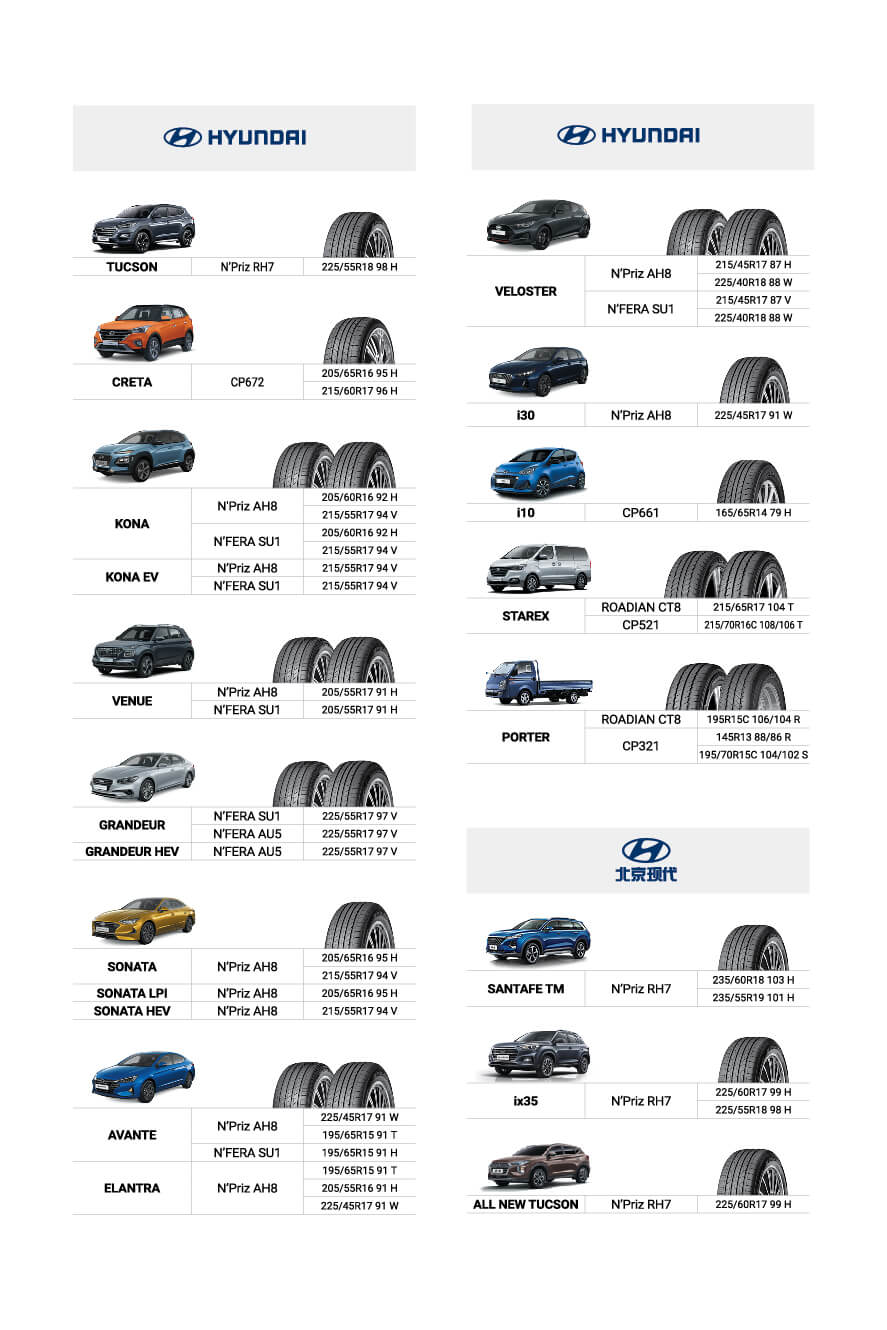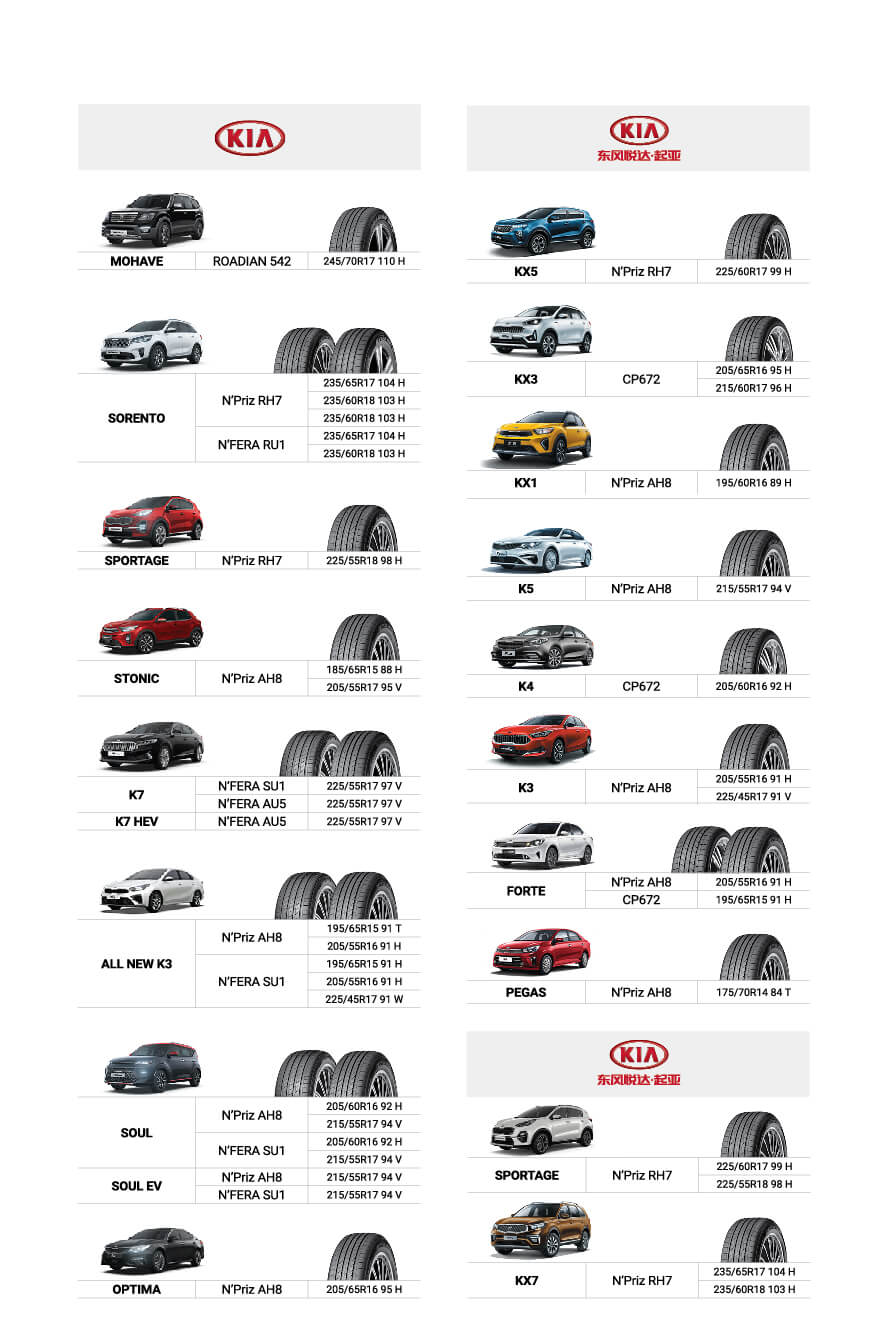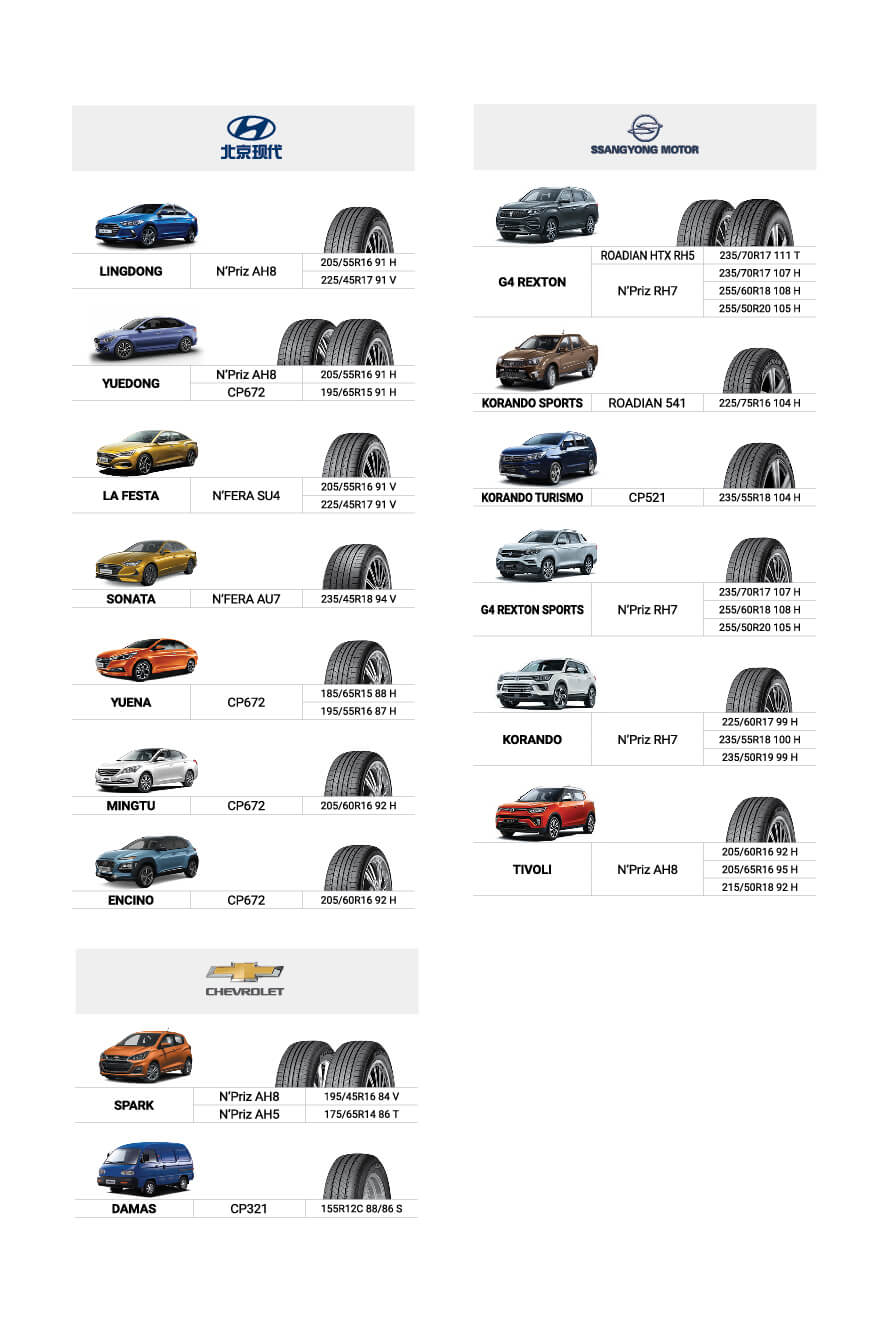Car Tire Maintenance
Car tires are crucial for safe driving, providing traction on roads, enhancing vehicle performance, and preventing accidents. However, they wear out over time, affecting performance. Signs of worn tires include decreased grip, longer braking distances, and increased vibrations. To address these issues, tire rotation, alignment, or replacement may be necessary.
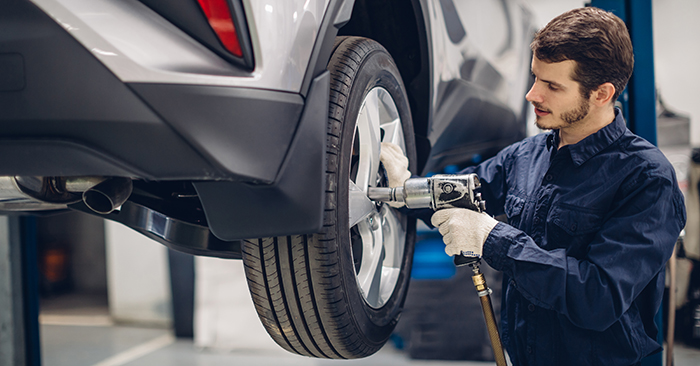
How to maintain car tires
Maintaining Tire Pressure
Regularly check tire pressure every 2-4 weeks as proper inflation ensures safe driving and extends tire lifespan. Monitor for pressure loss, typically around 0.69 bar or 1 psi per month, which may increase in warmer temperatures. Check pressure using a gauge in the morning or when tires are cold for accurate readings.
Checking Tire Tread Depth
Measure tread depth regularly as worn treads affect traction and safety. Use a tread depth gauge to ensure it’s between 2-3 mm. Uneven tread wear may indicate alignment issues, necessitating adjustment or replacement.
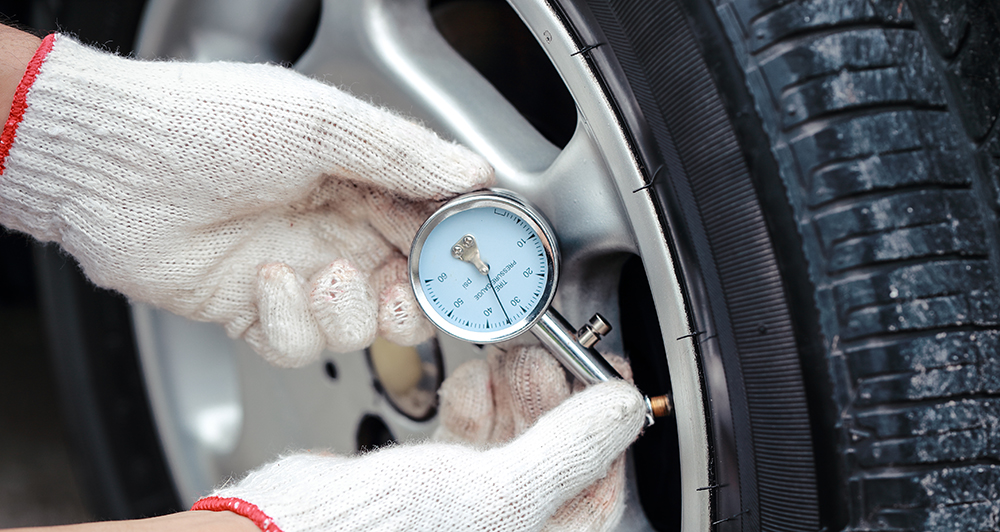
Basic method for checking tire pressure
1. Prepare a tire pressure gauge. or can be used at various service points
2. You should check your tire pressure in the morning. or when the car tires are cold If the car tires are hot It will make the examination inaccurate.
3. Loosen the bellows valve and insert the day gauge on the valve. If there is a short hissing sound, the tire is considered normal.
4. Check the tire pressure value. If it does not meet the standard values set by the car manufacturer. Adjust the tire pressure as appropriate. With an air compressor or tire pump at the garage.
5. Check the tire pressure again to match the standard value.
6. When the tire pressure is at the appropriate level. Close the valve cover.
Tire Rotation
It’s recommended to rotate your car tires every 10,000 to 12,000 kilometers or every 6 months. This helps distribute wear evenly, extending tire lifespan and enhancing vehicle control. Professional service is advised for proper rotation.
Importance of Tire Tread
Tire tread indicates tire wear. Over time, tread depth decreases. You can check it yourself :
1. Use a tread depth gauge, designed for clear visibility when tires wear. Minimum tread depth should be 2-3 mm. If less, replace tires for safe driving.
2. Check tread depth by observing the tread grooves. If they’re level with the tread blocks, it’s time for new tires.
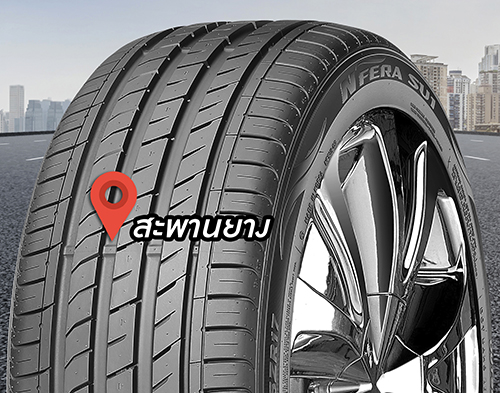
Checking Uneven Tire Wear for Other Issues
Tire Wear Patterns
Shoulder Wear
If you notice uneven wear on one side of the tire, the tread wear isn’t consistent across the tire. Check the suspension system, wheel alignment, and consider realigning the wheels. If you find that both the inner and outer shoulder of the tire wears more than the tread, check the tire pressure. Low tire pressure can lead to excessive wear, increased fuel consumption, and a higher risk of accidents.
Center Wear
If the center of the tire wears more than the outer edges, it might be due to overinflated tires. Overinflation increases the risk of tire blowouts. Check and follow the recommended tire pressure guidelines in your car manual.
Uneven Wear Across the Same Tire
Different rates of wear on the same tire can indicate issues elsewhere in the vehicle. If you notice uneven wear or bald spots, it may be necessary to balance the tires or realign the wheels. Sometimes, bald spots may indicate worn suspension components.
Tire Cracking
Cracks on the sidewall and tread of the tire indicate it’s time for a replacement. Small cracks on the sidewall indicate tire aging and decreased performance, increasing the risk of accidents. Check for bulges, cuts, or punctures on the tire, as they can compromise safety.
Regularly inspecting tires for uneven wear and other signs of damage is essential for safe driving and prolonging tire life.

